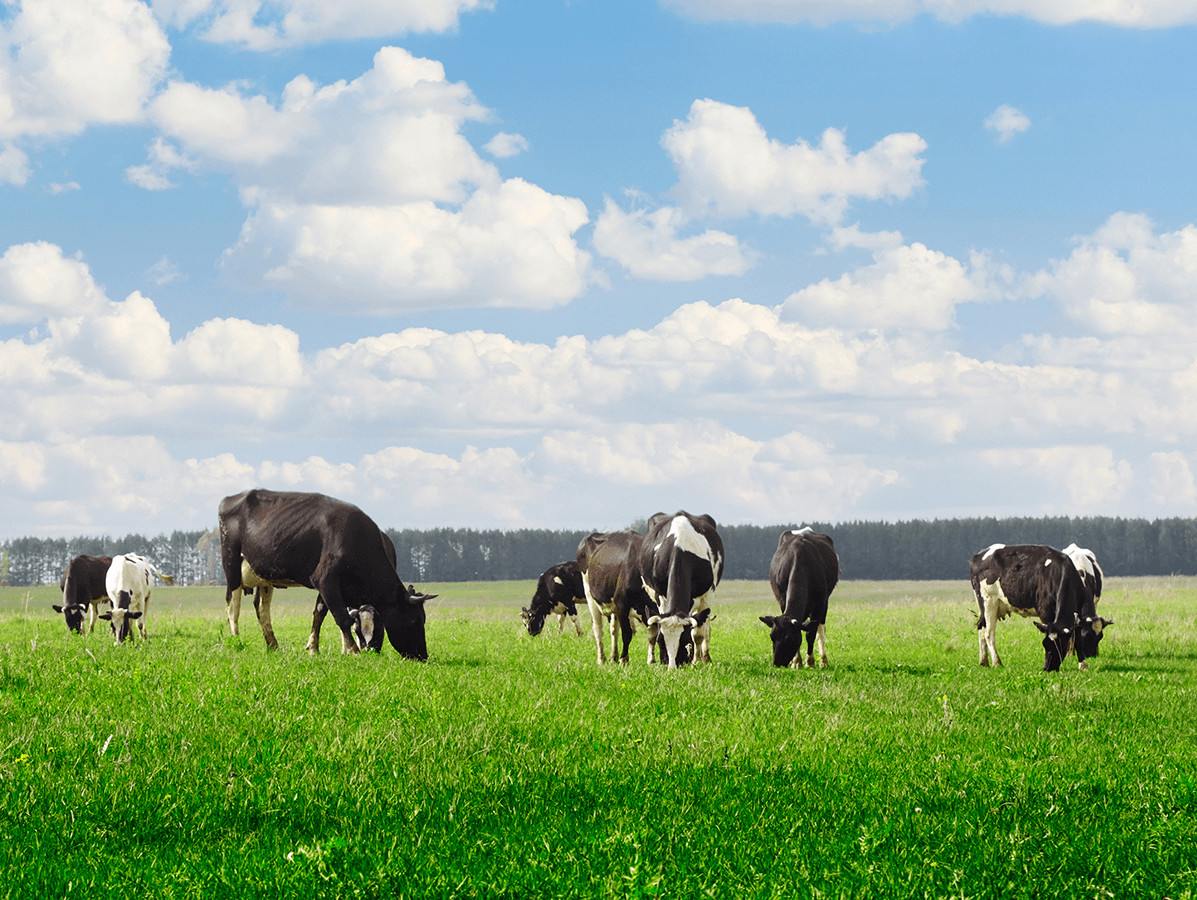We're currently searching through more than 4,000 articles, just a moment's patience...
We're currently searching through more than 4,000 articles, just a moment's patience...

The Belgian Feed Association (BFA), in collaboration with ILVO, has conducted a study into the edible protein efficiency of Belgian cattle. This study is the first to chart the relationship between, on the one hand, the vegetable proteins used in cattle feed, which in theory could also be used in human food, and, on the other hand, the quantity of edible animal protein (such as meat, eggs and milk) that is produced in return.
The ILVO study shows that cattle, eating a lot of grass among other things, are net producers of human edible protein. They produce more edible protein in the form of milk or meat than they consume. For pigs and chickens, the figure is close to break even (they consume about as much human edible protein as they supply as pork or eggs). Broilers currently appear to use more human edible protein than they give back, mainly because their feed contains a lot of grains.
BFA is committed to enabling the feed industry to source half of its feed from circular by-products not suitable for human consumption by 2030, up from 43% today. In addition, the sector wants to use even more protein sources that are not consumed by humans, such as rejected peas, lupin and insect meal.
Read the publication 'Evaluation of the net contribution of the Belgian livestock sector to the protein supply for man' (Dutch only)
Source: ILVO Vlaanderen
Vakblad Voedingsindustrie is a project of b2b Communications BV.
© COPYRIGHT 2025 VOEDINGSINDUSTRIE | ALLE RECHTEN VOORBEHOUDEN
Powered by Wallbrink Crossmedia © 2025
Een abonnement kost € 80,- exclusief 9% BTW per jaar.

We work in accordance with the privacy legislation. After your registration you will receive an e-mail with a confirmation link. Only after you have clicked on this link will you be registered as a recipient of the newsletter. If you can't find the e-mail in your inbox, please also look at unsolicited e-mail.


Lorem ipsum dolor sit amet, consectetuer adipiscing elit. Aenean commodo ligula eget dolor. Aenean massa. Cum sociis natoque penatibus et magnis dis parturient montes, nascetur ridiculus mus. Donec quam felis, ultricies nec





